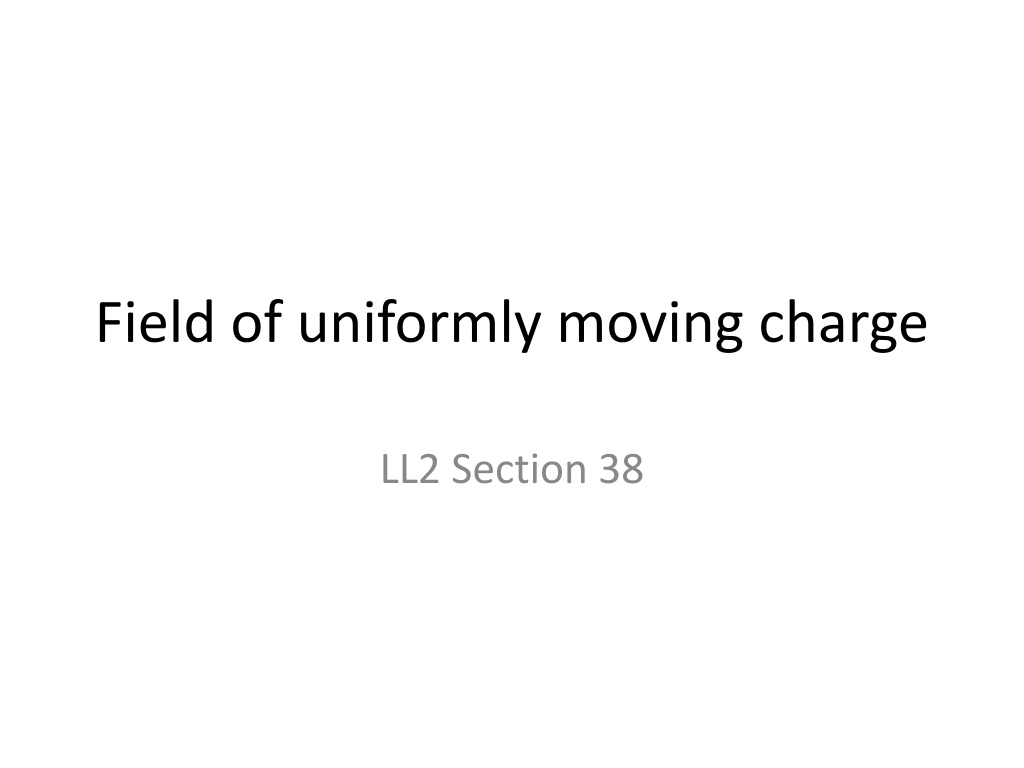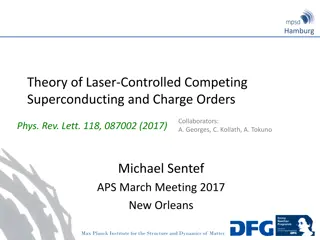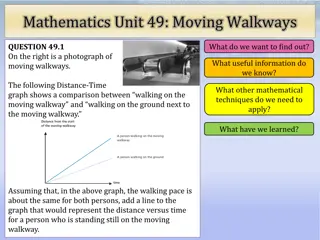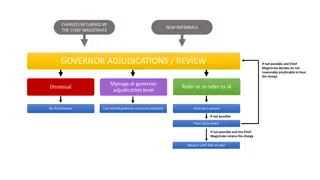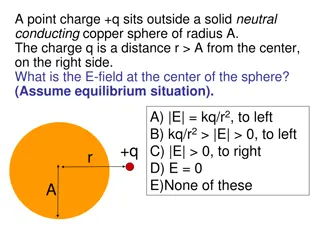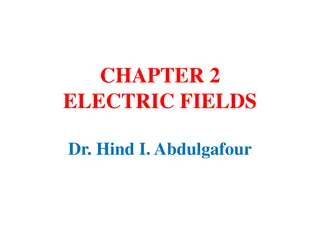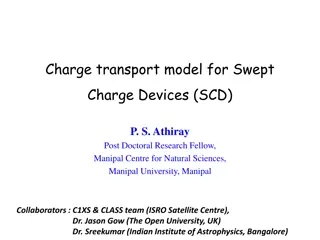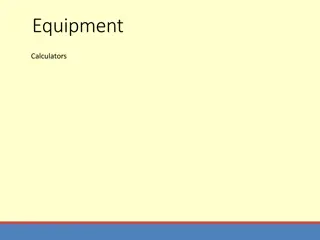Field of uniformly moving charge
This content explores the electric fields and potentials of moving charges in different frames of reference, discussing transformations and observations in the lab and K frames. It covers aspects like scalar and vector potentials, field positioning, and field point measurements.
Download Presentation

Please find below an Image/Link to download the presentation.
The content on the website is provided AS IS for your information and personal use only. It may not be sold, licensed, or shared on other websites without obtaining consent from the author.If you encounter any issues during the download, it is possible that the publisher has removed the file from their server.
You are allowed to download the files provided on this website for personal or commercial use, subject to the condition that they are used lawfully. All files are the property of their respective owners.
The content on the website is provided AS IS for your information and personal use only. It may not be sold, licensed, or shared on other websites without obtaining consent from the author.
E N D
Presentation Transcript
Field of uniformly moving charge LL2 Section 38
Origins are the same at t = 0. Coordinates of the charge e K: (Vt, 0, 0) K : (0, 0, 0)
4-potential in K, the rest frame of e. Ai = ( , A ) = Distance from charge to field point according to an observer in K
Scalar potential of moving charge in lab frame K We need to express in terms of K-system (lab) coordinates. =
In K frame, there is only the static electric field of a point charge. Position of the field with respect to the charge according to an observer in K .
Electric fields of moving charge as measured in the lab (24.2) = Substitute transformations for x , y , z , and R (HW) R is distance from moving e to fixed P according to K
Lab coordinates and angle of fixed field point relative to the moving charge Field point Position of field point with respect to charge according to observer in K Angle according to observer in K =
Electric field in lab from moving charge Smallest value at = 0 and i.e. parallel to the direction of motion Largest value at = /2 i.e. perpendicular to V
For V c, the electric field is compressed to a narrow range about = /2 with HW https://encrypted-tbn1.gstatic.com/images?q=tbn:ANd9GcTzWBcluEumyzMcPNbM9J03XkMn5vL1sPW8mCQWNgaCySysTpXK
H-field in K system found by (24.5): H = (1/c) V x E (H = 0 in K ) For V << c, electric field is not deformed But we still get a magnetic field due to the current of the moving charge
